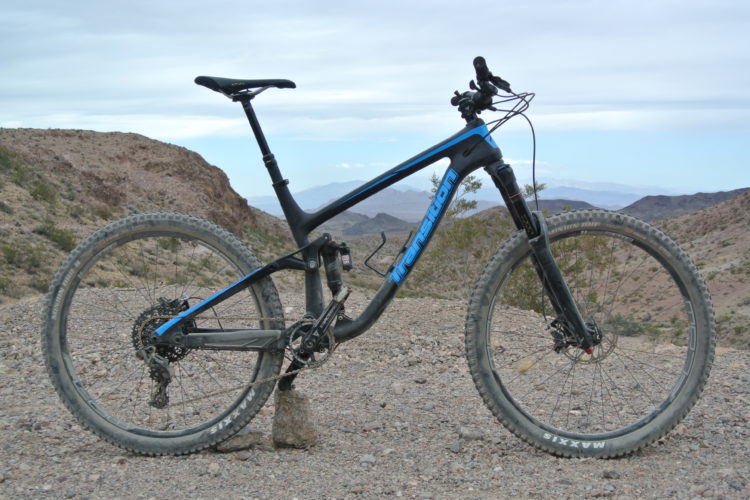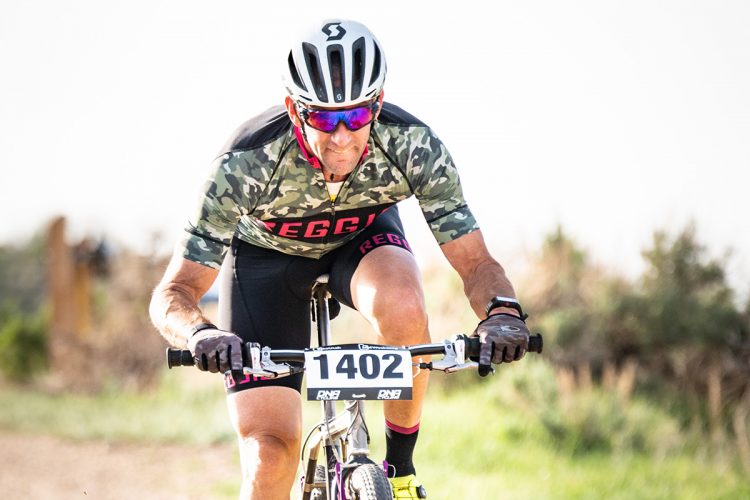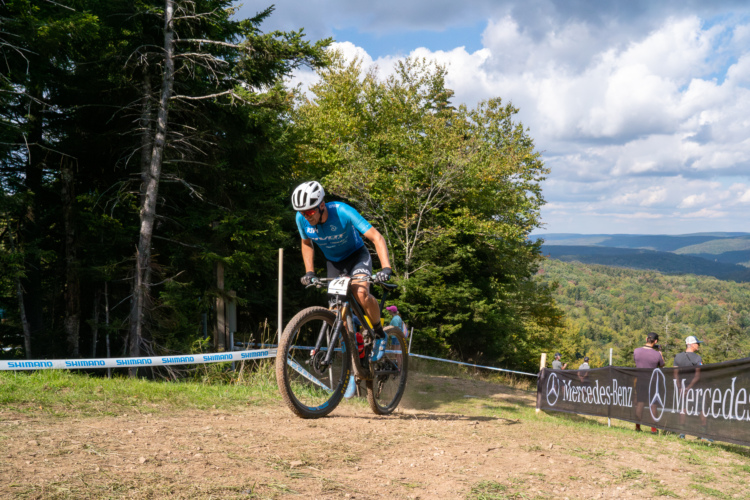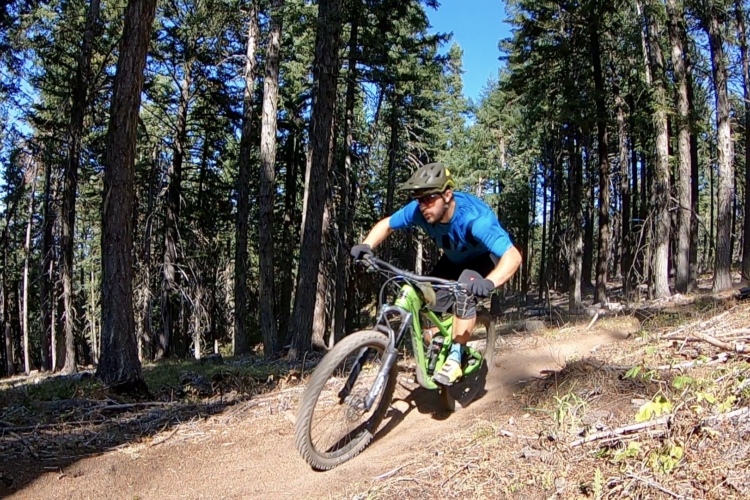Over the past few years the term “enduro” has been infiltrating the mountain bike lexicon, quickly moving from adjective to verb as more and more riders identify with the term. But what does enduro really mean and how is it shaping mountain biking in 2015? We decided to find out with a recent survey of more than 1,800 mountain bikers.
Judging by they survey data, many mountain bikers still don’t have a clear idea of what enduro really means. Here’s how Wikipedia defines enduro mountain biking:
Enduro is a form of mountain bike racing in which there is a greater proportion of downhill sections, which are timed, to uphill and cross country sections. This aims to test rider’s technical bike handling skills as well as providing endurance and climbing.
The Wikipedia article goes on to state:
In some countries, the term Enduro racing is used as a contraction of the word endurance; it is debatable if this use is misleading in this context.
According to our survey data, most riders agree that enduro refers to a type of mountain bike race, though many also believe it refers to a particular style of riding or even a type of mountain bike.
We’ve been tracking how mountain bikers identify their primary riding style and according to this survey, fewer mountain bikers identify themselves as XC riders than ever before (just under 23%). Compared to last year, riders identifying as all-mountain riders increased the most from just over 21% in July of 2014 to almost 27% this year. Riders identifying primarily as enduro increased as well, though it’s still a very small percentage (3%).
In looking at the demographics of those who have raced enduro, it’s interesting to note that more 35-44 year olds report participating than 25-34 year olds. This, despite the fact that enduro racers seem to be predominantly males under the age of 25.
We also asked enduro racers which races they were most interested in and while many of the usual suspects were listed, we were surprised to see a pure DH race like Megavalanche among the top picks. Not only that, multiple racers mentioned the Leadville 100 as an enduro race they’d like to complete. If anything, this illustrates the confusion between enduro and endurance racing.
While not everyone agrees that an enduro-specific bike even exists, enduro racers seem to prefer 27.5″ wheels with 140mm of travel up front. Seventy percent of enduro racers report wearing knee pads and nearly half wear elbow protection, which speaks to the aggressiveness of enduro racing.
Finally, it’s interesting to note that there are a few products that stand out as clear favorites among enduro racers like the Bell Super 2 helmet, the Rock Shox Pike fork, the Maxxis High Roller II tire, and Shimano XTR/XT brakes. In the wheel and bike categories the favorites are less clear, which suggests that many enduro racers (20% or so) just run what they brung.
What is surprising to you about the enduro survey results?





















0 Comments